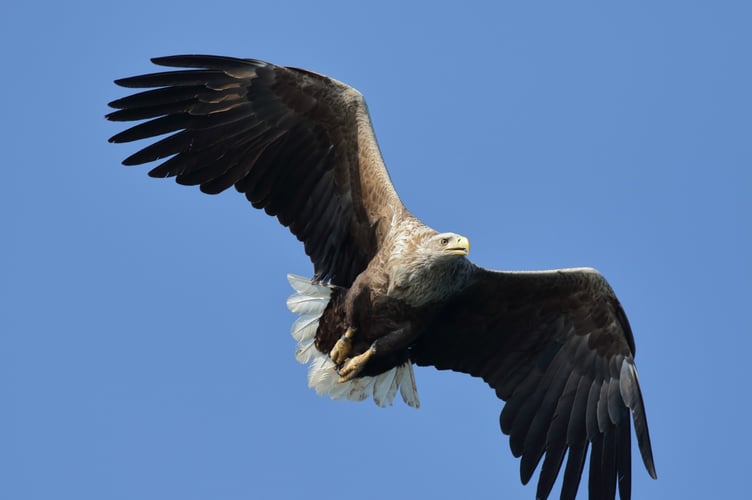
Since writing in detail about bird migrations just two weeks ago, I was fascinated to hear about foreign bird species returning to breed in the UK. This is great news when wildlife charities regularly warn that species are endangered due to climate change and our negative effects on the environment.
The Rare Breeding Birds Panel (RBBP), the independent body that monitors populations of the UK’s rarest breeding birds, has just issued its latest report, which reveals the return of two species to the UK.
A pair of hoopoes succeeded in raising three young from a nest in farmland in the East Midlands. This distinctive species has bred occasionally in the UK for almost 200 years, but had been absent as a breeding species since 1996.
The Hoopoe is a species of warm climates, being found from southern Europe across Asia as far as Japan, and south of the Sahara in Africa. It breeds in nest holes in trees and sometimes buildings, and uses its long curved bill to search for invertebrates in the ground.
A pair of Temminck’s stint laid four eggs at a wetland site in Highland in 2023, though unfortunately the nest was washed out by rising water levels. This tiny wading bird was a rare breeder at sites in northern Scotland between 1969 and 1997 before disappearing.
Birds have been returning to a secret Scottish location since 2021, but 2023 was the first time there was proof of a nesting attempt.
The RBBP report also revealed that 15 species reached record totals in 2023. These include the white-tailed eagle – the UK’s largest raptor – with 160 pairs reported in the UK.
It continues to increase in Scotland following reintroduction programmes beginning in 1975, while releases on the Isle of Wight since 2019 resulted in a pair breeding in Sussex in 2023 – their first nest in England since 1780.
Another recovering bird of prey, the marsh harrier, topped 500 pairs for the first time: when the RBBP began monitoring the UK’s rarest breeding birds in 1973 there were just six breeding females.
Five species of large wading bird – crane, spoonbill, bittern, great white egret and little egret – reached new peaks thanks in part to targeted conservation action, including the creation of new wetland sites, the restoration and management of existing sites and better legal protection.
There have been widespread outbreaks of bird flu in the UK’s wild bird populations since 2021, and the RBBP’s report shows the impacts on some rare breeding bird species.
Numbers of roseate terns at the UK’s only colony on Coquet Island, Northumberland, fell to 118 pairs in 2023 following the death of 90 adults from bird flu; however, 2024 was their second most successful breeding season on record.
Peregrine falcons famously breed each year in a nest box on Export House in Woking, as well as in several cathedrals and other buildings across the UK. However, the RBBP says their numbers fell by 18 per cent between 2022 and 2023. Bird flu may be a cause.
Dr Mark Eaton, RBBP secretary, said: “The RBBP has collected data on the UK’s rarest breeding birds since 1973, giving us a long-term perspective on the winners and losers. It is heartening to see the return of absent species and many others going from strength to strength as the result of targeted conservation action.”
For full details visit the RBBP web site: bbp.org.uk


.jpeg?width=209&height=140&crop=209:145,smart&quality=75)

.jpeg?width=209&height=140&crop=209:145,smart&quality=75)
Comments
This article has no comments yet. Be the first to leave a comment.